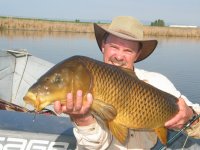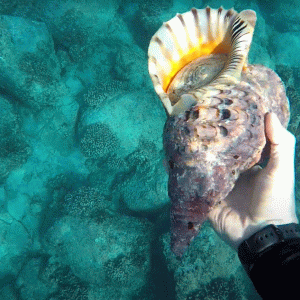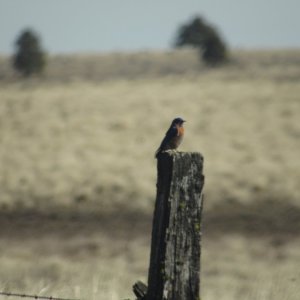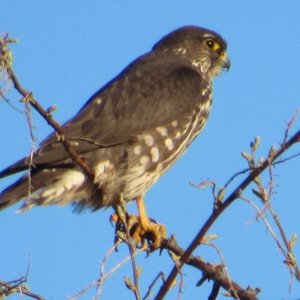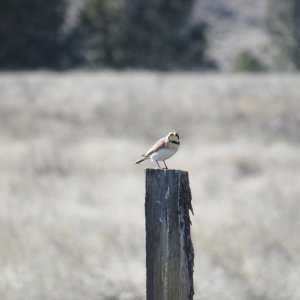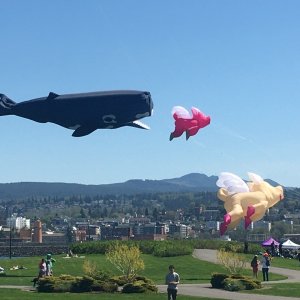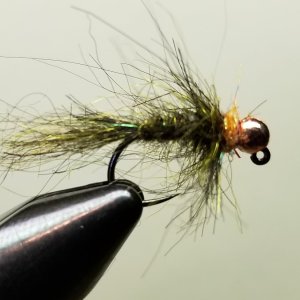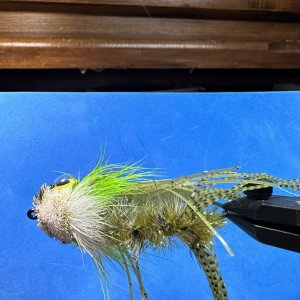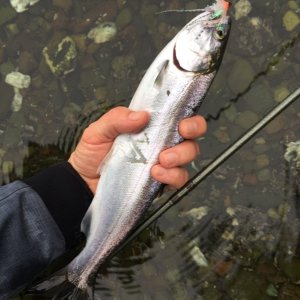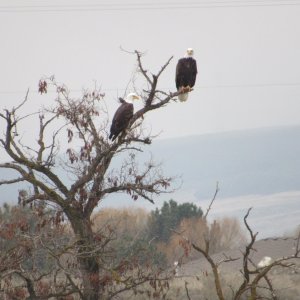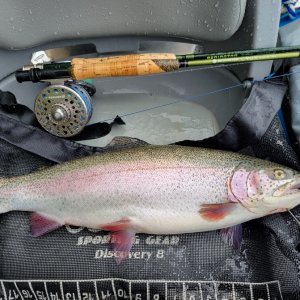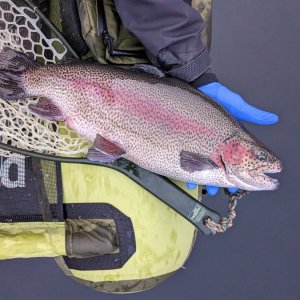TicTokCroc
Sunkist and Sudafed
Yes it is senseless killing, sometimes you gotta feed that blood lust. I've never done it before but I would not leave the carcasses at the river to rot. I plan on burying them in the garden. They are not native and harmful so that's a good justification, although one bowfisher probably won't make any difference in their population.I'm saying this with ZERO judgement.
But it does seem a little like senseless killing?
*I don't like when they shoot gar in the south, unless they are eating them.

